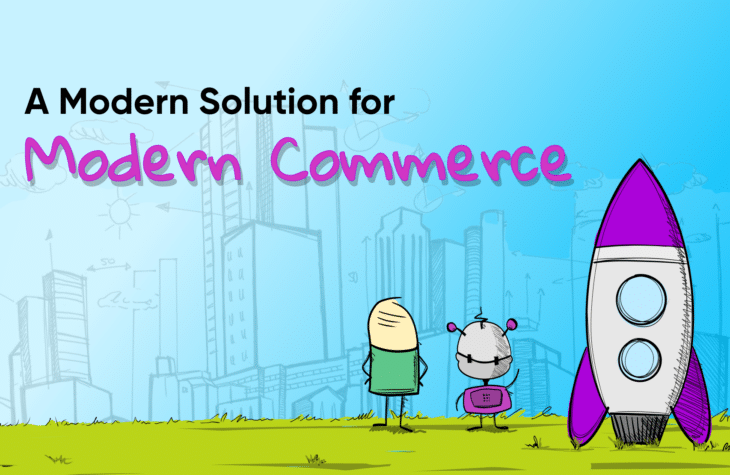How Do You Develop a Modern E-Commerce Experience?

The standards for modern e-commerce experiences have changed over the years. Today’s shoppers expect personalization, convenience, and consistency across sales channels. E-commerce development looks to create this experience. Doing so at scale requires headless commerce and APIs.
With a headless architecture, the customer-facing frontend of your e-commerce system is decoupled from the backend that handles the business logic and commerce features. Headless commerce APIs help break down platforms into independent services. These services are developed and maintained separately.
Because the system is distributed, developers can make changes to the frontend without affecting the backend. This improves collaboration between different teams. Designers can focus solely on optimizing the user experience. Developers can work in the backend to ensure functionality.
Headless commerce enables true omnichannel selling. Customers can begin their purchase journey at one touchpoint and seamlessly continue and complete their purchase through another. Because you’re not bound to a single display template, you can create unique frontend experiences for each touchpoint. Any emerging channels can be integrated swiftly.
Using Commerce APIs for Development
A key component to any distributed architecture is a robust set of e-commerce APIs. These APIs allow the different e-commerce applications to communicate with each other. You can use them to connect to new technologies without having to change your current system. This improves scalability as new programs can be integrated faster.
With APIs, you’re always ready for new sales channels. Developers can build a unique frontend experience for any channel that emerges. APIs make it easy to push the content to the new sales channel.
You can create more personalized customer experiences by connecting a digital experience platform (DXP) to your e-commerce system through APIs. The DXP will collect customer data based on the user’s buying and shopping history. It can then leverage machine learning to personalize the optimal customer experience for each user.
There are hundreds of e-commerce APIs developers can use to add new functionality to their e-commerce system. Below are a few common APIs that are useful in developing a modern shopping experience.
Orders API
Orders APIs allow you to retrieve details about your orders. You can also use the APIs to place, cancel, and return orders.
Inventory API
You can use Inventory APIs to retrieve inventory data for any product in real-time. You can also insert inventory updates, individually or in bulk.
Shipping API
Shipping APIs make its easy to connect your e-commerce ecosystem with carriers and logistics providers. You can retrieve tracking information which can be integrated with your website, mobile app, or any other touchpoint you use to share the shipping details with your customers.
Cart API
Cart APIs allow you to add shopping cart functionality to any website. Customers can use the API endpoints to add or remove items from their cart.
Scaling Faster with Commerce APIs
A powerful suite of APIs is the key to scaling faster. With it, you can create a unified platform of best-in-breed solutions to better compete in the market. Visit the Fabric API Reference docs to see how the full suite of e-commerce APIs can help you improve operational efficiencies.

Content marketer @ fabric. Previously marketing @ KHON-TV and Paramount Pictures.






